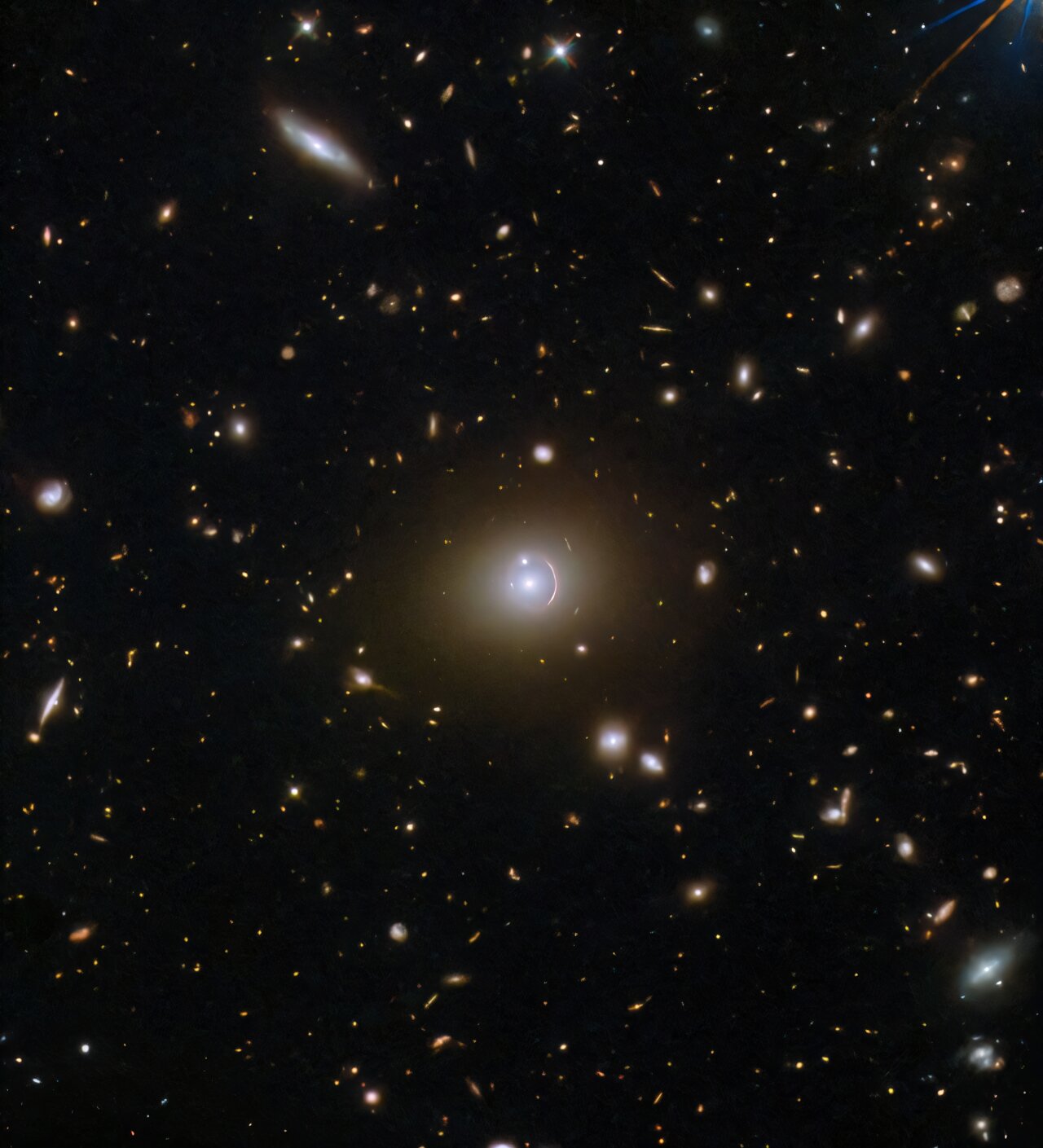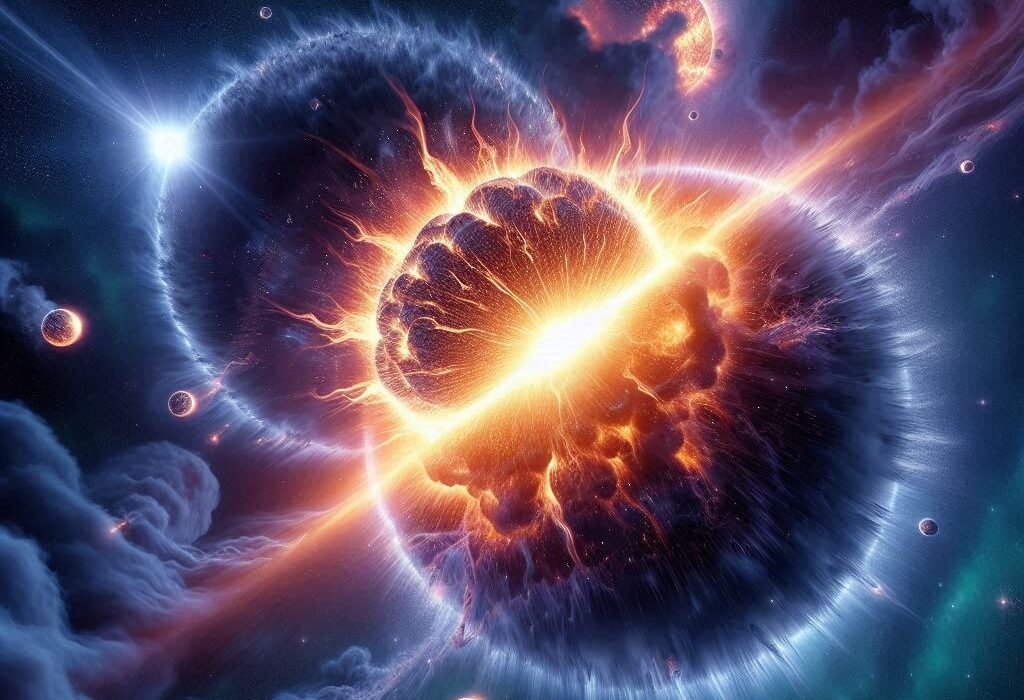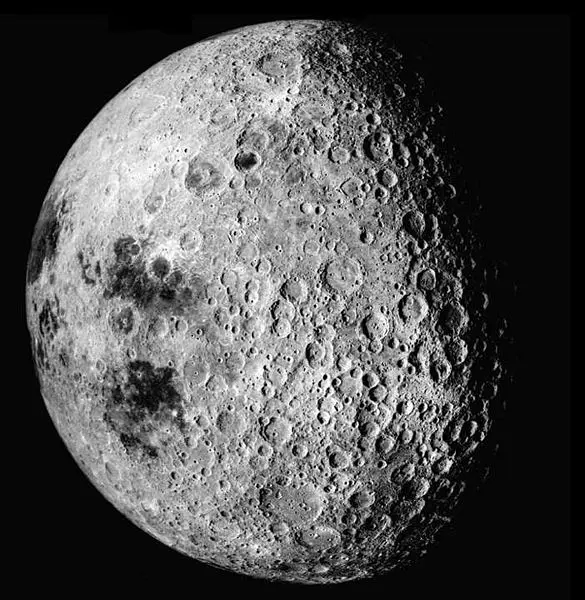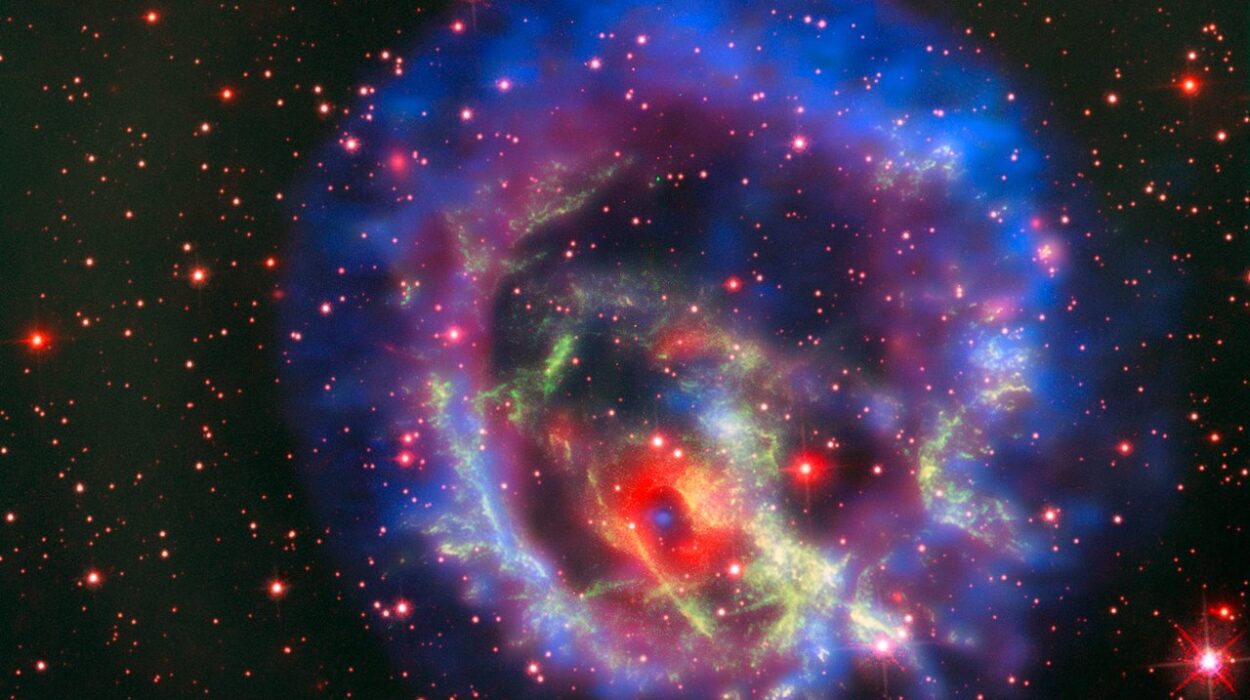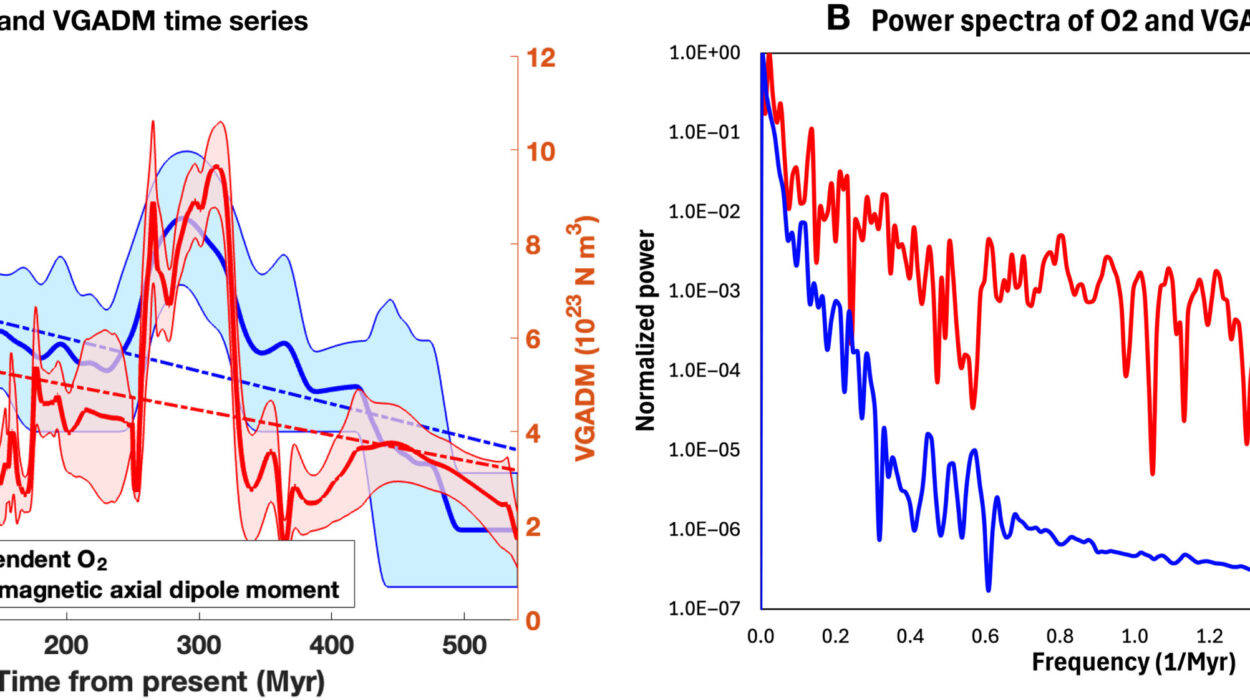The cosmos, with all its grandeur and mystery, occasionally bends to our curiosity — quite literally. The Hubble Space Telescope, a joint marvel of NASA and ESA, has delivered yet another stunning revelation: an image capturing a celestial mirage born from the warping of space and time itself. This isn’t just a beautiful photograph; it’s a visual testament to the strange and wonderful dance of gravity, light, and deep time.
At the heart of the image lies a spectacular gravitational lens: a partial Einstein ring formed by a distant galaxy, known as HerS 020941.1+001557, which now resides nearly 19.5 billion light-years from Earth. But because of the nature of cosmic expansion, we are seeing this galaxy as it appeared 11 billion years ago, when it was a mere 5.5 billion light-years away — its light just beginning a titanic journey across an inflating universe.
A Cosmic Kaleidoscope
The scene plays out like a carefully staged optical illusion. In the foreground, about 2.7 billion light-years away, sits a massive elliptical galaxy, labeled SDSS J020941.27+001558.4. It appears as a brilliant point surrounded by a soft, starry haze — a luminous mass of ancient stars acting as the gravitational lens. Behind and around it arcs a striking red crescent — the lensed image of the remote galaxy, HerS 020941.1+001557.
Adding further intrigue is a third player in this cosmic trio: SDSS J020941.23+001600.7, another foreground galaxy. It appears to intersect the arc, making the composition resemble a galactic artwork painted on the dark canvas of space.
This precise alignment creates the dramatic lensing effect — bending, magnifying, and distorting the light from the distant galaxy into what’s known as a partial Einstein ring. It’s a rare phenomenon named after Albert Einstein, who first predicted this possibility in his General Theory of Relativity over a century ago.
The Physics Behind the Beauty
Gravitational lensing is not just a visual trick; it’s a natural experiment in the curvature of spacetime. Massive objects like galaxies warp the fabric of space around them, and when light from a more distant object travels through this warped region, it follows a curved path — appearing bent or even duplicated to observers on Earth.
In perfect alignment, this effect can produce a full Einstein ring — a circle of light encircling the foreground object. But even when the alignment is off slightly, as it is here, partial arcs or mirrored shapes can form. These distortions offer a precious opportunity: a cosmic magnifying glass that allows astronomers to peer more deeply into the early universe than would otherwise be possible.
The image captured by Hubble is not just aesthetically pleasing — it is scientifically profound. By studying the lensed light of HerS 020941.1+001557, astronomers can dissect properties of the galaxy that would be too faint to observe directly. Gravitational lensing boosts both the brightness and resolution of distant galaxies, providing insights into their structure, star formation, and dark matter distribution.
A Discovery by Citizen Science
Incredibly, this celestial gem wasn’t discovered solely by professional astronomers. The Einstein ring in this image was identified by a citizen scientist participating in the SPACE WARPS project — an innovative crowdsourcing initiative that invites volunteers to hunt for gravitational lenses in real telescope data.
SPACE WARPS, launched in collaboration with Zooniverse, harnesses the power of human pattern recognition — something still difficult for AI to replicate perfectly — by asking citizen scientists to sift through thousands of images to flag potential lenses. This democratic approach to science has yielded several significant discoveries, proving that the universe can be explored not just by professionals in observatories, but by anyone with a computer, a bit of training, and a keen eye.
A Portal to the Ancient Universe
The galaxy HerS 020941.1+001557 — a red-hued phantom from a time when the universe was barely three billion years old — provides a rare glimpse into the era of peak galaxy formation. Galaxies from this epoch were often bursting with star formation, shaping their structure and seeding future generations of stars, planets, and possibly life.
The red color in the arc is a clue to the galaxy’s age and activity. Redshifted by its vast distance and likely teeming with cosmic dust, HerS 020941.1+001557 may belong to a class of dusty starburst galaxies — galaxies cloaked in thick clouds of gas and dust that obscure their starlight in visible wavelengths but glow brightly in the infrared.
Studying such galaxies through lensing helps researchers map dark matter, understand galactic evolution, and test the limits of Einstein’s theories. Each Einstein ring is more than a curiosity — it’s a precise probe of the cosmic scaffolding.
More Than a Pretty Picture
While Hubble has gifted us with countless stunning vistas, the Einstein ring seen in this image is something special. It’s a cosmic lens, a time machine, and a monument to the collaborative power of modern science. From Einstein’s equations to Hubble’s optics, from galaxies born in fire to citizen scientists scrolling through digital skies, this image encapsulates a remarkable fusion of intellect, curiosity, and cosmic wonder.
And in that glowing red arc — a ghost of a galaxy now impossibly far — we see not just the shape of distant light, but a reflection of our relentless drive to understand the universe around us. It’s a journey that spans billions of years and light-years, and yet it begins every time we look up.
